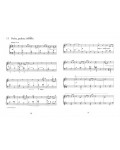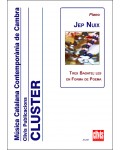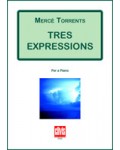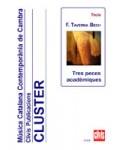
No products
Prices are tax included
Product successfully added to your shopping cart
There are 0 items in your cart. There is 1 item in your cart.
- English
- Castellano
- Català
Puesta de sol en la Alhambra - Sonatina modulante
DE641
Sunset at the Alhambra is a short piece the Arab-Andalusian air of the melody transport us to the heart of Granada at a time when cultural coexistence defined the city.
Modulating Sonatina is a short piece for piano whose melody and accompaniment are both based primarily on arpeggios.
| Period | 20th c. |
| Instruments | piano |
| Pages | 28 |
| Time | 8 min |
| Contents | score |
| ISMN | 979-0-3502-0544-6 |
| Price of print edition | 12,48€ |
| Edition | Digital |
Puesta de sol en la Alhambra (Sunset at the Alhambra) is a short piece for piano which has no other pretension beyond that of evoking the image given in the title. The Arab-Andalusian air of the melody –with the insistent use of arpeggios with minor thirds and melismatic passages– transport us to the heart of Granada at a time when cultural coexistence defined the city. The popular feel of the main theme is reinforced with an arpeggiated and simple vertical accompaniment reminiscent of a guitar accompaniment. The central part, a ternary and energetic dance, contrasts with the serenity of the rest of the piece.
Sonatina modulante (Modulating Sonatina) is a short piece for piano whose melody and accompaniment are both based primarily on arpeggios. Initially it presents a sense of improvisation in the key of A minor, though the verticality of the opening is interrupted with the arrival of a section filled with mordents, which injects the piece with a playful tone. Soon, the modulation announced in the title becomes apparent in a very peculiar form: the piece is replayed from the beginning using the same notes, except with four flats in the key signature, meaning that the A minor of the initial sequence becomes A flat major. Some brief interventions at ternary tempo, without abandoning the arpeggios, build up to a bright finale in which the key of A flat reigns.

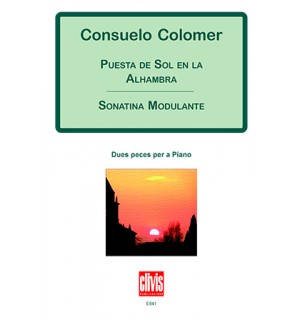





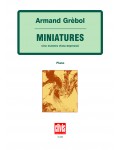


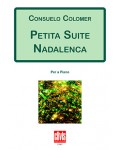
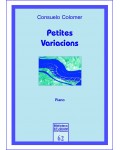
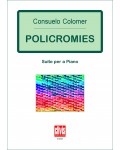
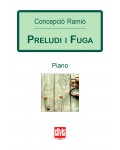
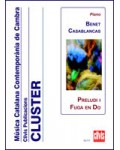

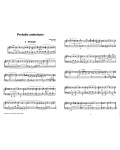
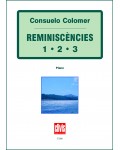
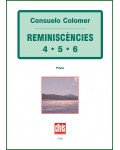
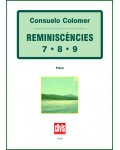
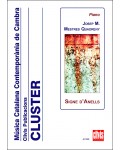
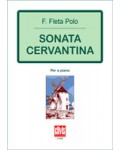
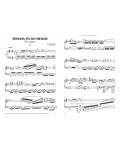
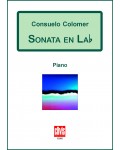
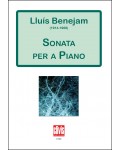
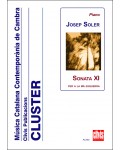
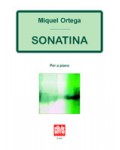
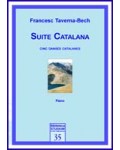
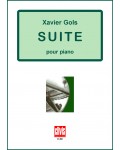
![Tema amb [4] variacions](https://www.clivis.cat/1964-home_default/tema-amb-variacions.jpg)
![Tema amb [10] variacions](https://www.clivis.cat/1709-home_default/tema-amb-variacions.jpg)

